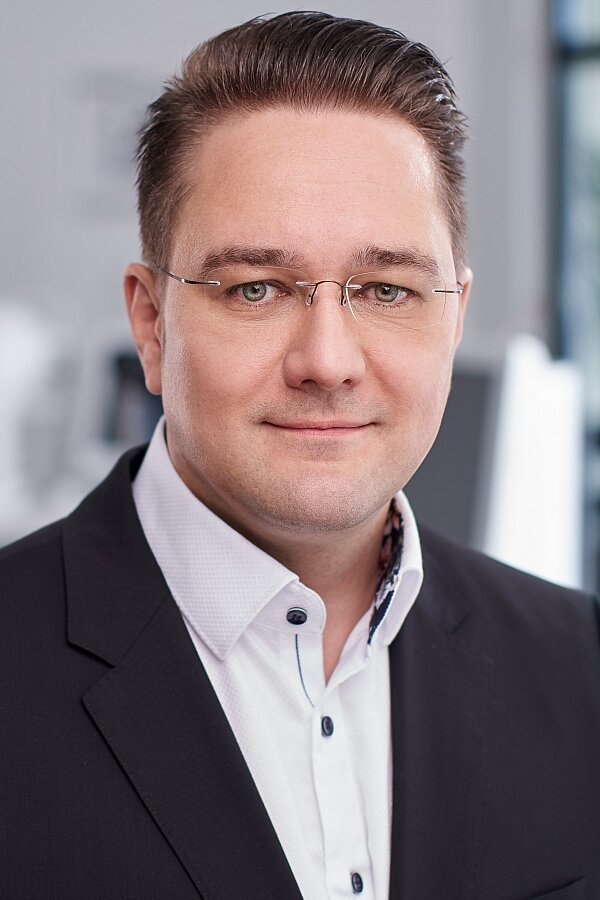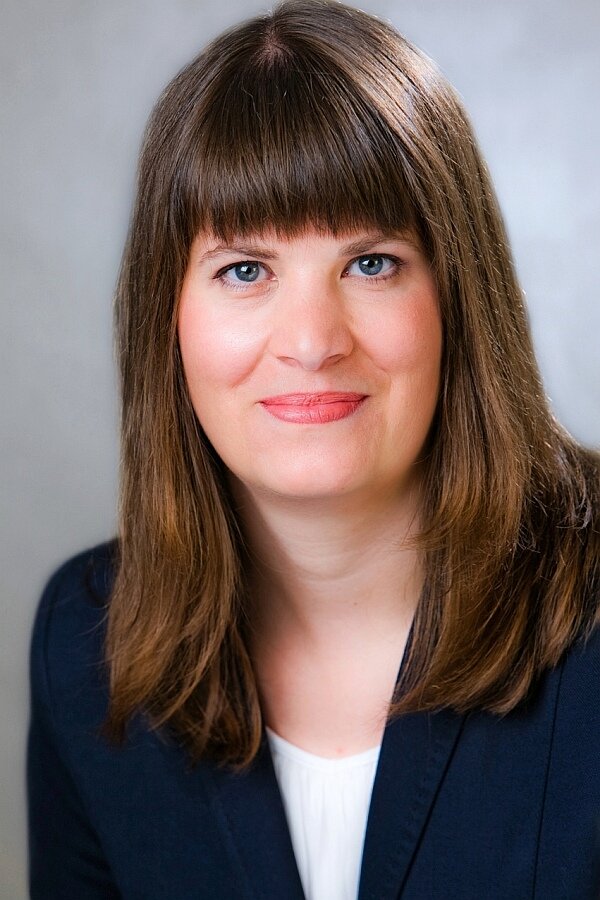SCHWIND eye-tech-solutions is continuing to drive innovation in corneal refractive surgery with a groundbreaking research project1. The objective? A pioneering procedure for correcting refractive errors. SCHWIND is planning initial investment in basic research of more than 1.6 million euros, of which around 52% is funding from the German Federal Ministry of Education and Research (BMBF). Through its "KMU-Innovativ" initiative, the BMBF is supporting SCHWIND and its project partner, the Ruhr Universität Bochum (RUB) University Eye Hospital, in their efforts to give many more people the opportunity of laser vision correction.
Specifically, the project concentrates on a feasibility study for the development of an ophthalmic laser system with ultra-short laser pulses. The laser system is conceived to enable safe, long-lasting, and efficient treatment of ametropic patients with the innovative Laser Induced Refractive Index Change (LIRIC) procedure. The key LIRIC innovation is its non-invasive and non-surgical approach. To date, laser correction procedures for visual deficiencies remove tissue to change the refractive power of the cornea. LIRIC, in contrast, corrects refractive errors using local modification of optical qualities of the cornea: a Laser-Induced Refractive Index Change. The aim is for LIRIC to correct not only common refractive errors such as myopia, hyperopia, and astigmatism, but also high order aberrations as well as presbyopia.
A study in the international peer-reviewed journal "Ophthalmology"2 has found that more than 50% of the world's population will be affected by visual deficiencies, in particular myopia, in the year 2050. In 2000, this figure was just 23%. LIRIC is to be suitable even for ametropic patients who could not previously undergo laser correction – for example because their corneas are too thin or too curved.
SCHWIND's Head of Research and Development Thomas Wendler and his team are leading development of the eye laser system. Under the leadership of Prof. Dr. med. Stephanie Joachim, the University Eye Hospital at RUB is designing and conducting a tailored preclinical study with hydrogel and ex vivo animal eyes to analyse and validate the efficacy and safety of the LIRIC procedure.
Prof. Dr. med Burkhard Dick, Director of the RUB University Eye Hospital, says his team is "very much looking forward to the challenge of helping to launch a new, safe procedure that will in the medium term make laser eye surgery suitable for significantly more patients than before. SCHWIND's technological innovations coupled with our comprehensive expertise and experience in the development and conduct of preclinical as well as clinical studies provides the best possible framework for successful project implementation." Rolf Schwind, CEO of SCHWIND eye-tech-solutions, adds that "SCHWIND is committed to progress in refractive surgery, as our many technological innovations demonstrate. LIRIC is opening new perspectives in the treatment of visual deficiencies. We are proud that the project has been awarded BMBF funding and that the RUB University Eye Hospital is lending invaluable support with its in-depth experience in the clinical sector."
The BMBF funding initiative "KMU-Innovativ: Medizintechnik" is designed to boost innovation by small and medium-sized enterprises in the field of cutting-edge research. Funding is available for industrial research and experimental development projects centred on healthcare applications. Other key funding criteria alongside planned approval as a medical device are excellence, innovation and a strong contribution to solving issues currently affecting society.
1Collaborative project: Non-invasive, non-surgical correction of refractive errors using ultra-short laser pulses. Funding from the German Federal Ministry of Education and Research. Field of action: "Health economy" in the health research framework programme, funding code 13GWO585A.
2Holden BA, Fricke TR, Wilson DA, Jong M, Naidoo KS, Sankaridurg P, Wong TY, Naduvilath TJ, Resnikoff S. Global Prevalence of Myopia and High Myopia and Temporal Trends from 2000 through 2050. Ophthalmology. 2016 May;123(5):1036-42.



